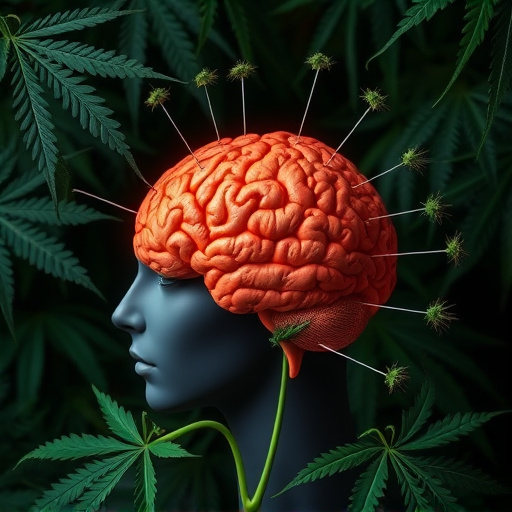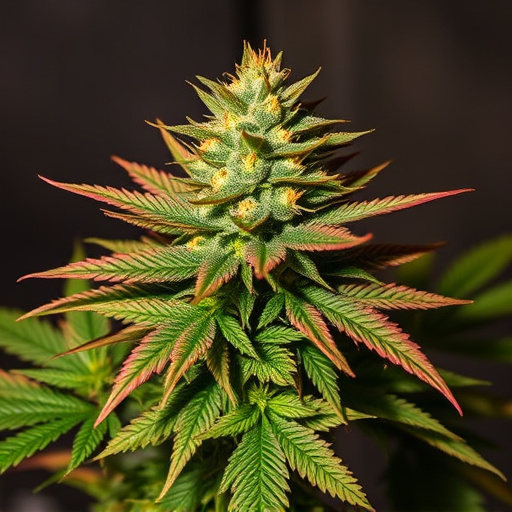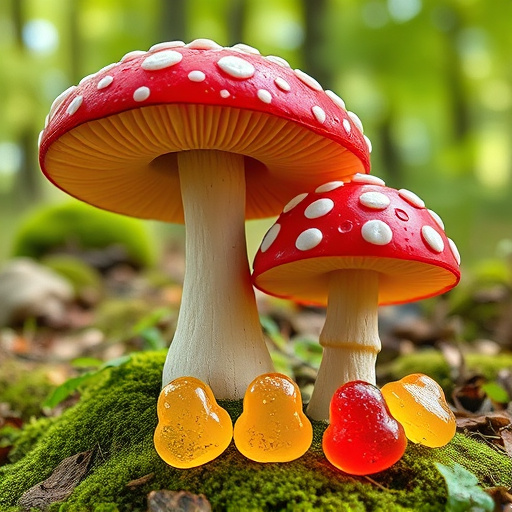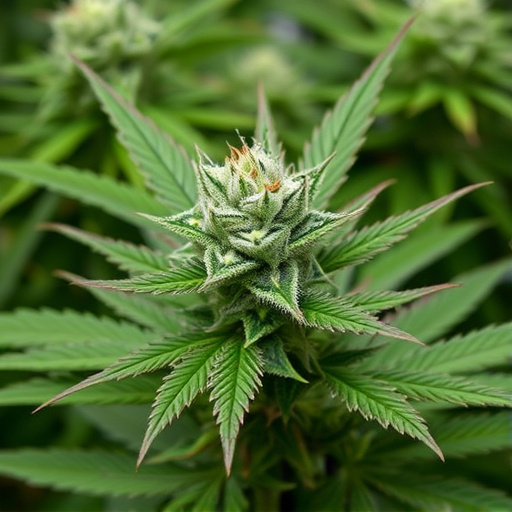Cannabis high duration varies based on strain type, consumption method, and individual tolerance, offering short-term or longer-lasting effects beneficial for ADHD symptom management. Strains with higher CBD and specific terpenes are preferred for reducing anxiety and aiding in hyperactivity/restlessness. Strain selection should consider genetic differences, tolerances, and environmental factors for personalized ADHD treatment using cannabis.
Unraveling the duration of a cannabis ‘high’ is key to understanding its potential as a treatment for Attention Deficit Hyperactivity Disorder (ADHD). This article explores the multifaceted factors that influence how long cannabis remains effective in alleviating ADHD symptoms. From the genetic makeup and chemical composition of various cannabis strains, to individual biological differences, tolerance levels, and environmental influences – each plays a critical role in determining the longevity of relief for those seeking alternative treatments.
- Understanding Cannabis High Duration and Its Impact on ADHD Symptoms
- Genetic and Chemical Composition of Cannabis Strains for ADHD Treatment
- Individual Factors: Biology, Tolerance, and Environment in Cannabis Consumption for ADHD Relief
Understanding Cannabis High Duration and Its Impact on ADHD Symptoms
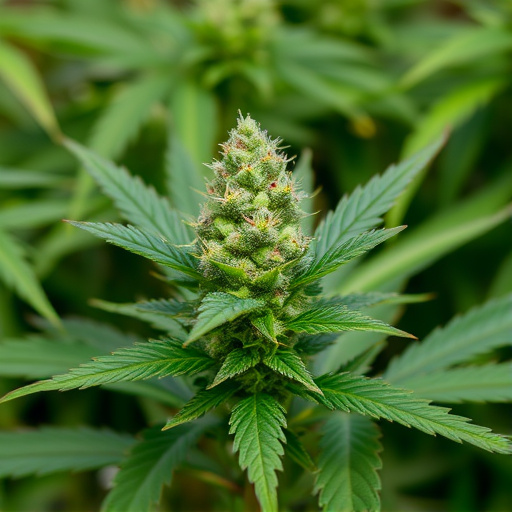
Cannabis high duration refers to the length and intensity of the effects experienced after consuming cannabis, which can vary significantly depending on several factors such as strain type, method of consumption, and individual tolerance. For individuals living with ADHD (Attention Deficit Hyperactivity Disorder), understanding this duration is crucial. Short-term cannabis strains are often recommended for their immediate yet manageable effects, helping to focus attention and mitigate hyperactivity symptoms without causing prolonged disorientation or lethargy that can impair daily functioning.
Longer-lasting highs from specific cannabis strains may offer sustained relief for some ADHD sufferers, as they can provide a more consistent background calmness throughout the day. However, it’s important to note that cannabis effects on ADHD symptoms are complex and highly individual. Factors like strain potency, consumption frequency, and the presence of other ingredients in edibles or concentrates should be carefully considered. Consulting healthcare professionals is essential for tailoring cannabis use as a complementary therapy to meet each person’s unique needs and ensure safe, effective management of ADHD symptoms.
Genetic and Chemical Composition of Cannabis Strains for ADHD Treatment

The genetic and chemical composition of cannabis strains plays a pivotal role in determining their effectiveness, particularly for conditions like ADHD. Different cannabis strains possess unique combinations of cannabinoids, such as THC (tetrahydrocannabinol) and CBD (cannabidiol), which have distinct effects on the human body. For ADHD treatment, strains with higher CBD content are often favoured as they can help mitigate the anxiety and paranoia sometimes associated with THC.
Additionally, specific terpene profiles in cannabis strains contribute to their overall therapeutic potential. Terpenes are aromatic compounds that not only give cannabis its distinctive smell but also interact with cannabinoids, influencing their bioavailability and effects. For instance, myrcene, a common terpene found in many cannabis strains, is known for its calming properties, which could be beneficial for managing ADHD symptoms related to hyperactivity or restlessness. Understanding these genetic and chemical factors allows individuals seeking cannabis for ADHD treatment to choose strains that best align with their needs.
Individual Factors: Biology, Tolerance, and Environment in Cannabis Consumption for ADHD Relief
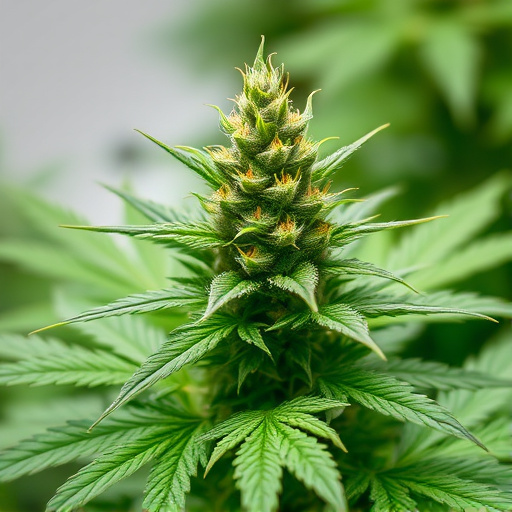
Cannabis consumption as a means of relief for Attention Deficit Hyperactivity Disorder (ADHD) is becoming increasingly popular, driving interest in understanding the factors that extend beyond the specific compounds in cannabis to influence its effects. Individual factors play a crucial role in how long a cannabis “high” lasts for ADHD sufferers. Biology, tolerance, and environment are key elements that interact with each other, shaping one’s experience.
Biological differences among individuals affect their response to cannabis. Genetic predispositions can impact the way the body metabolizes cannabinoids, such as THC and CBD, leading to varying high durations. Tolerance also factors in; regular users may develop a higher tolerance, requiring more cannabis to achieve desired effects, which could shorten the duration of their high. Environmental influences, including stress levels, mood, and setting, can modify the perception of the high, with positive surroundings potentially extending its length.
Cannabis has emerged as a potential treatment option for ADHD symptoms, with its high duration varying based on genetic composition, chemical profiles, and individual biological factors. Understanding these influences is key to tailoring cannabis strains for ADHD relief. Research indicates that specific chemical compounds and terpene profiles in cannabis can impact the intensity and length of the high, offering a personalized approach to managing ADHD. By considering both genetic predispositions and environmental influences, individuals can navigate the complexities of cannabis consumption, ultimately finding the right balance for their unique needs.



